Introduction
Crab, with its delicate sweetness and briny richness, is a culinary delight that transcends borders and cultures. Yet, the true magic of enjoying crab lies not just in the meat itself but in the harmonious blend of flavors that accompany it. A well-crafted dipping sauce can elevate the crab-eating experience from ordinary to extraordinary, transforming each bite into a symphony of taste. This article delves into the intricacies of creating the ideal sauce for crab, exploring traditional recipes, regional variations, and innovative twists. Whether you’re a seasoned chef or a curious home cook, this guide will equip you with the knowledge to balance flavors, textures, and aromas to perfection.
The Foundations of Crab Dipping Sauces
At its core, a crab dipping sauce serves as a bridge between the crab’s natural flavors and the diner’s palate. It should enhance, not overpower, the meat’s subtle sweetness while cutting through its inherent richness. The best sauces achieve this through a careful equilibrium of five elements: acidity, sweetness, saltiness, spice, and umami.
- Acidity: Vinegar, citrus juice, or fermented ingredients like rice wine provide a bright tang that refreshes the palate between bites.
- Sweetness: Sugar, honey, or fruit preserves counterbalance the crab’s brininess and mellow harsher notes.
- Saltiness: Soy sauce, fish sauce, or sea salt amplify the crab’s natural savory qualities.
- Spice: Fresh chili, ginger, or black pepper add warmth and depth without overwhelming.
- Umami: Ingredients like dried shrimp, mushrooms, or fermented bean paste introduce a savory complexity.
Regional Variations: A World of Flavors
Crab dipping sauces vary wildly across the globe, reflecting local ingredients, culinary traditions, and cultural preferences. Here’s a tour of some iconic styles:
Chinese-Inspired Sauces
- Shanghai Style: A blend of black vinegar, ginger, and sugar, often thickened with cornstarch. The ginger’s pungency cuts through the crab’s fat, while the vinegar’s acidity brightens the dish.
- Cantonese Style: A lighter mixture of soy sauce, rice vinegar, cilantro, and fresh chili. Some recipes incorporate oyster sauce for added depth.
- Sichuan Style: Fiery and numbing, this sauce combines chili oil, Sichuan peppercorns, garlic, and sesame paste. The麻辣 (málà) profile complements the crab’s sweetness with a tingly heat.
- Taiwanese Style: A sweet-and-sour concoction of ketchup, Worcestershire sauce, and honey, often garnished with basil or mint.
Southeast Asian Twists

- Thai: A vibrant mix of lime juice, fish sauce, palm sugar, cilantro, and bird’s eye chili. The balance of sour, salty, and spicy notes is quintessentially Thai.
- Vietnamese: Nuoc cham, a dipping sauce made with fish sauce, lime, garlic, sugar, and carrots, offers a refreshing contrast to butter-poached crab.
- Malaysian/Singaporean: A spicy-sour blend of calamansi juice, chili, shallots, and belacan (fermented shrimp paste).
Western Approaches
- European: Melted butter infused with garlic, parsley, and lemon zest is a classic choice for Dungeness or brown crab.
- Mediterranean: Olive oil, lemon, garlic, and oregano create a herbaceous sauce ideal for grilled crab.
- American: A tangy cocktail sauce (ketchup, horseradish, lemon, Worcestershire) pairs well with chilled crab legs.
Mastering the Technique: Step-by-Step
Creating the perfect crab sauce is as much an art as a science. Follow these guidelines for optimal results:
Start with Fresh Ingredients
- Use high-quality vinegar (unfiltered apple cider or Chinese black vinegar) for depth.
- Fresh ginger and garlic are non-negotiable; avoid jarred substitutes.
- For chili heat, opt for fresh peppers over dried flakes for vibrancy.
Balance Flavors Gradually
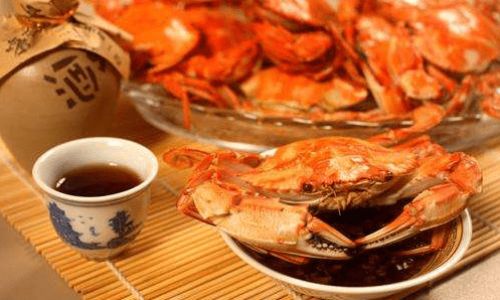
- Begin with a base of acidity (vinegar or citrus) and sweetness (sugar or honey).
- Add saltiness (soy sauce or fish sauce) a little at a time, tasting as you go.
- Introduce spice and aromatics last, adjusting to your heat tolerance.
Texture Matters
- For a smooth sauce, strain out ginger fibers or chili seeds.
- Emulsify oils (sesame, chili) by whisking vigorously to prevent separation.
- Thicken sauces with cornstarch slurry if a glossy finish is desired.
Customize to the Crab Species
- Dungeness Crab: Pair with lighter sauces (e.g., lemon-garlic butter) to highlight its delicate flavor.
- Blue Crab: Bold sauces like Sichuan chili oil or Old Bay seasoning complement its briny taste.
- King Crab: Rich, buttery sauces (e.g., beurre blanc) stand up to its meaty texture.
Avoid Common Pitfalls
- Overpowering the Crab: Let the sauce enhance, not dominate.
- Using Stale Ingredients: Freshness is key—wilted herbs or rancid oils will ruin the dish.
- Skipping Tasting: Adjust seasonings incrementally; flavors meld as the sauce sits.
Advanced Tips for Gourmet Sauces
Elevate your sauce game with these pro techniques:
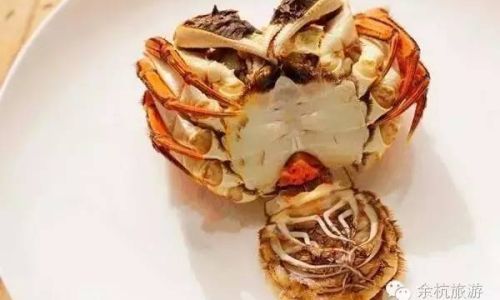
- Infused Oils: Roast chili flakes in oil for a smoky kick or steep herbs (tarragon, dill) for aromatic depth.
- Fermented Ingredients: Add a spoonful of kimchi brine or gochujang for complexity.
- Fruit Elements: Mango puree or passion fruit juice lend a tropical twist.
- Umami Bombs: Incorporate dried mushrooms (rehydrated and minced) or tomato paste.
- Textural Contrast: Mix in toasted sesame seeds or crushed peanuts for crunch.
Pairing Suggestions: Beyond the Sauce
A great sauce deserves complementary companions. Consider these pairings:
-
Beverages:
- Beer: Crisp lagers or wheat beers cleanse the palate between bites.
- White Wine: Chardonnay or Sauvignon Blanc enhance the sauce’s acidity.
- Tea: Jasmine or green tea cuts through richness with floral notes.
-
Sides:
- Steamed Buns: Use them to soak up extra sauce.
- Cucumber Salad: Cool, crisp slices balance spicy sauces.
- Fried Rice: Absorbs flavorful drippings beautifully.
Storage and Make-Ahead Tips
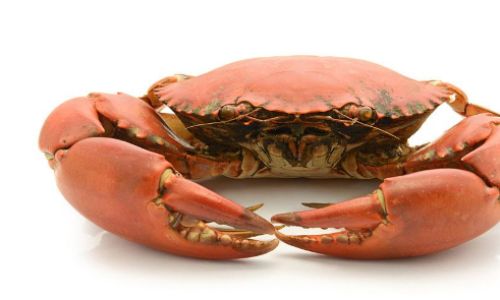
- Refrigeration: Most sauces last 3–5 days in an airtight container.
- Freezing: Avoid freezing vinegar-based sauces (they may separate upon thawing).
- Make-Ahead: Prepare sauces a day in advance to allow flavors to meld.
Creative Twists for Modern Palates
Experiment with global fusion sauces:
- Mexican-Inspired: Lime, cilantro, avocado, and chipotle in adobo.
- Korean-Style: Gochujang, rice vinegar, sesame oil, and scallions.
- Middle Eastern: Tahini, lemon, garlic, and sumac.
Conclusion
The perfect crab dipping sauce is a testament to the alchemy of flavors—a delicate dance between tradition and innovation. By understanding the interplay of acidity, sweetness, saltiness, spice, and umami, you can create a sauce that not only complements the crab but also tells a story of culture, craft, and creativity. Whether you prefer the fiery kick of Sichuan peppercorns or the zesty freshness of Thai lime, remember that the best sauce is one that invites you to savor every morsel of this beloved seafood delicacy. So gather your ingredients, sharpen your palate, and embark on a culinary adventure that celebrates the humble crab in all its glory.

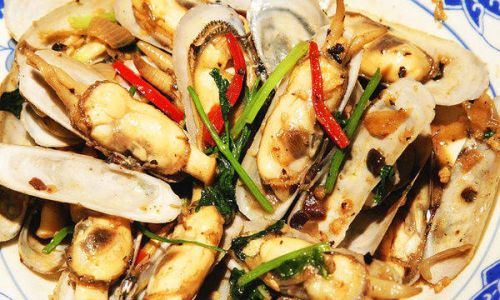
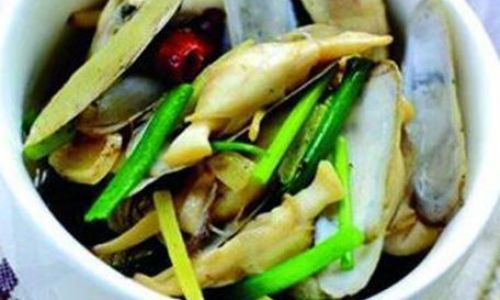
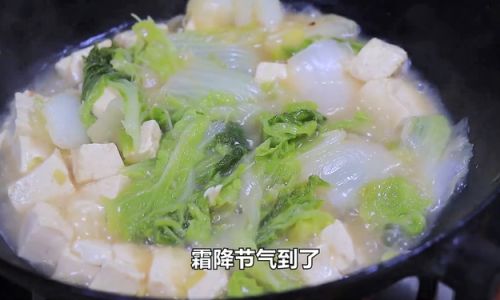
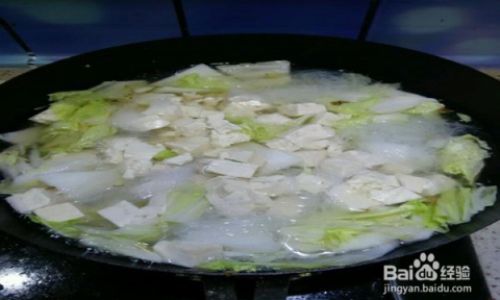
0 comments